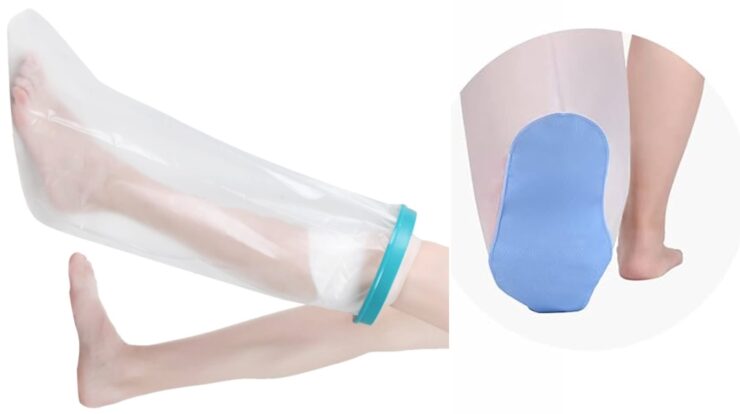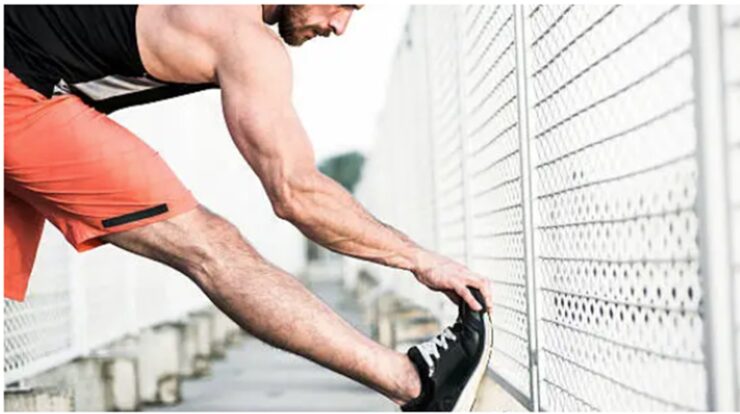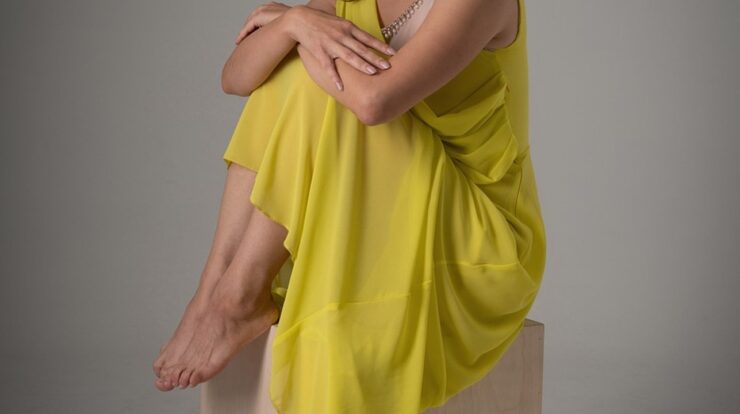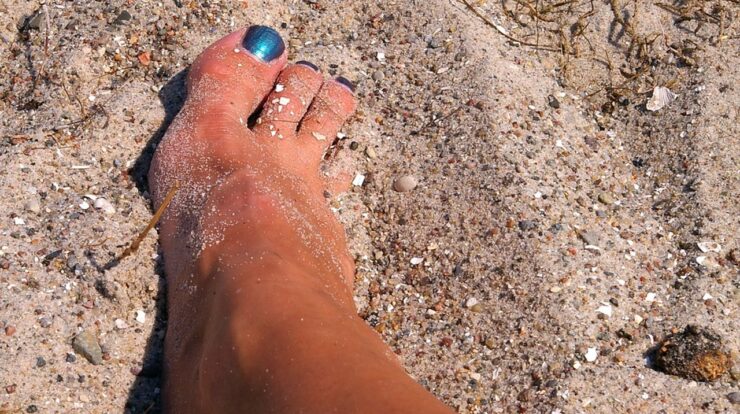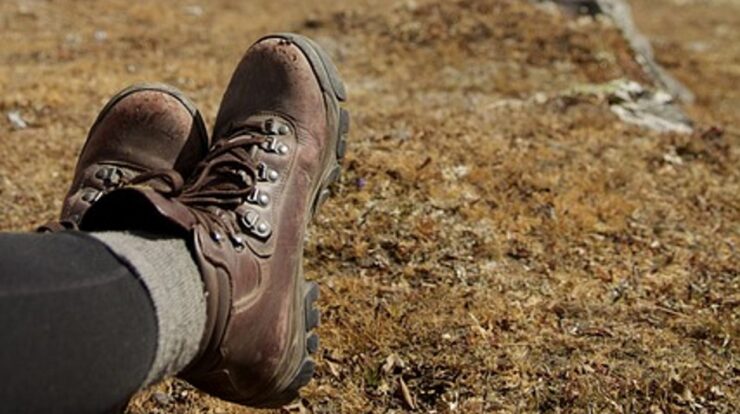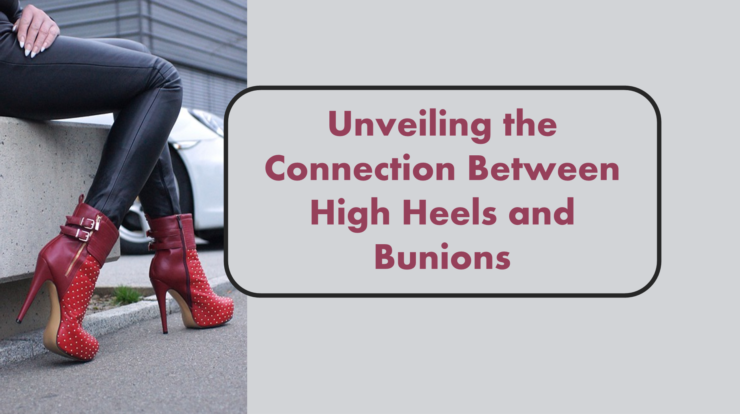
Bunions are a common foot condition that can cause discomfort and impact overall foot health.
One of the longstanding debates in the realm of foot health is whether high heels are a significant factor in the development of bunions.
This article aims to shed light on this topic by examining the relationship between high heels and bunions, considering both the scientific evidence and expert opinions.
Understanding Bunions
A bunion, medically known as Hallux Valgus, is a bony bump that forms on the joint at the base of the big toe.
It occurs when the big toe pushes against the adjacent toe, forcing the joint of the big toe to get larger and protrude outward.
Bunions can cause pain, swelling, and a misalignment of the big toe, leading to discomfort and difficulties with walking.
The Role of Genetics
Genetics play a significant role in the development of bunions. If your parents or grandparents have had bunions, you might be more prone to developing them.
This suggests that while external factors like footwear can contribute, the underlying genetic predisposition is a crucial determinant.
High Heels and Bunions
High heels are often pointed to as a potential factor in the development of bunions due to the way they alter foot mechanics. Here are a few reasons why high heels are thought to contribute to bunions:
- Pressure Distribution: High heels shift a significant portion of body weight onto the front of the foot, especially the toe box area. This increased pressure can lead to the misalignment of the big toe joint over time.
- Toe Position: High heels often force the toes into a cramped position, causing the toes to be compressed and pushing the big toe toward the smaller toes. This constant pressure and positioning can potentially exacerbate the development of bunions.
- Altered Gait: Wearing high heels can alter how you walk (your gait), potentially causing instability and increasing the risk of joint misalignment.
Expert Opinions
Medical experts generally agree that while high heels can contribute to the development of bunions, they are not the sole cause.
Dr. Megan Leahy, a podiatrist, suggests that while high heels can exacerbate bunions, they are not the root cause. She emphasises the role of genetics, improper foot mechanics, and other factors.
Prevention and Management
If you’re concerned about bunions, there are steps you can take to mitigate their development:
- Proper Shoe Selection: Opt for shoes with a wider toe box that allows your toes to spread naturally. Shoes with lower heels or flats can also help distribute weight more evenly.
- Foot Exercises: Regularly perform foot exercises to strengthen the muscles that support your toes and maintain proper alignment.
- Orthotic Inserts: Consider using orthotic inserts to help support your foot’s arch and maintain proper alignment.
- Limit High Heel Usage: If you enjoy wearing high heels, try to limit their use and choose lower heels when possible.
Conclusion
While high heels can contribute to the development and exacerbation of bunions due to their impact on foot mechanics, they are not the sole cause.
Genetic predisposition, improper foot mechanics, and other factors also play significant roles.
If you’re concerned about bunions, it’s essential to consider a holistic approach that involves proper footwear, foot exercises, and expert advice to maintain optimal foot health.

